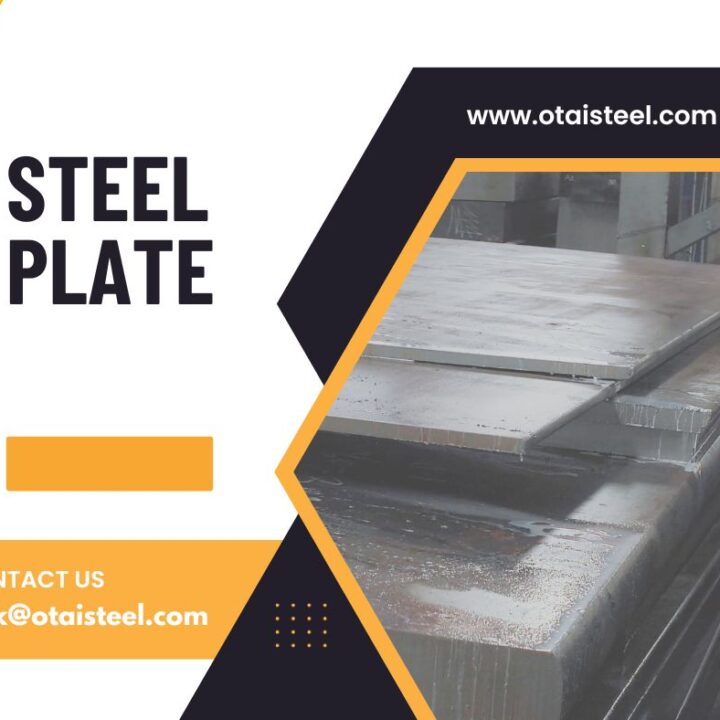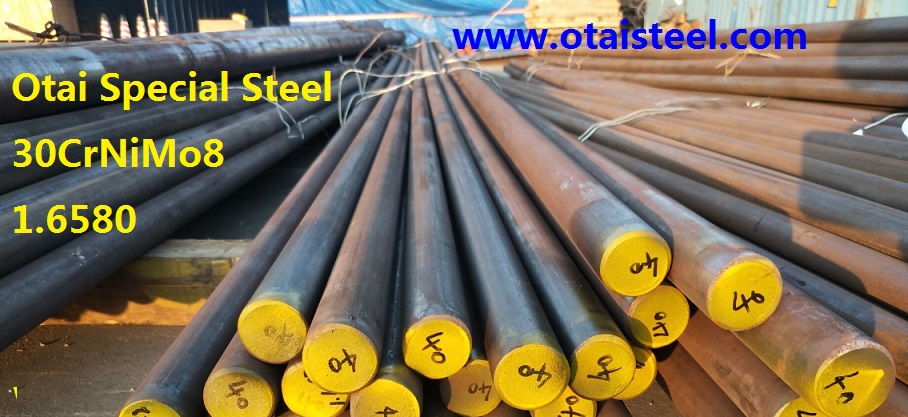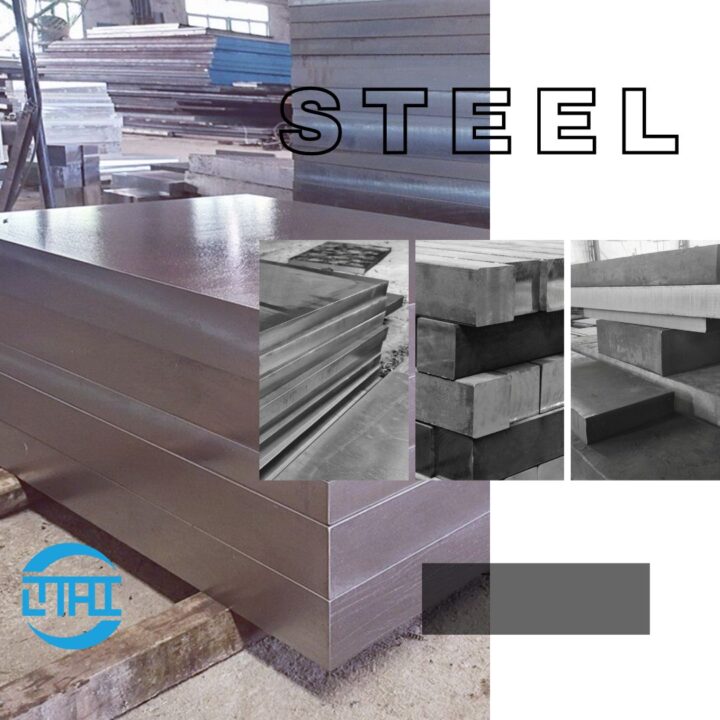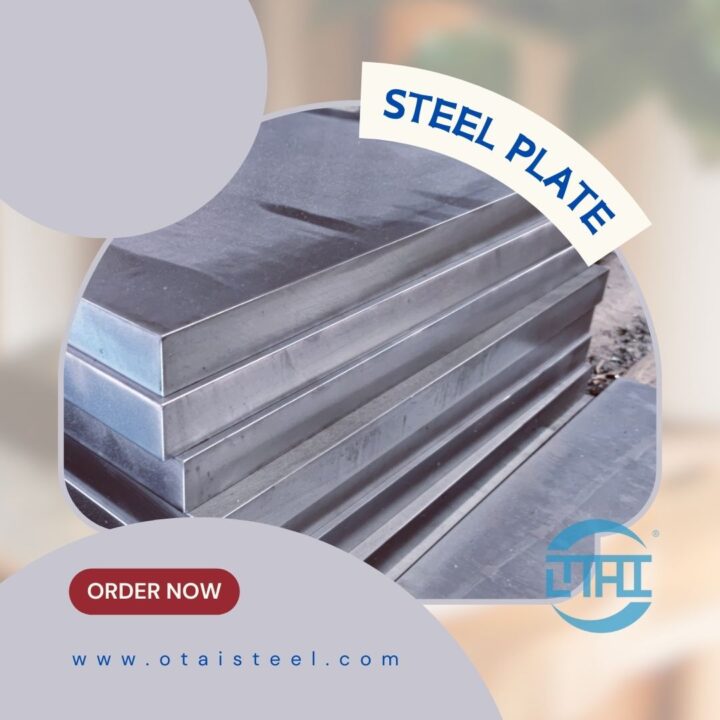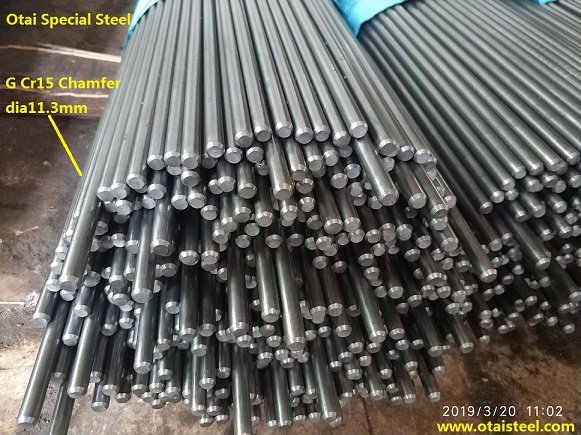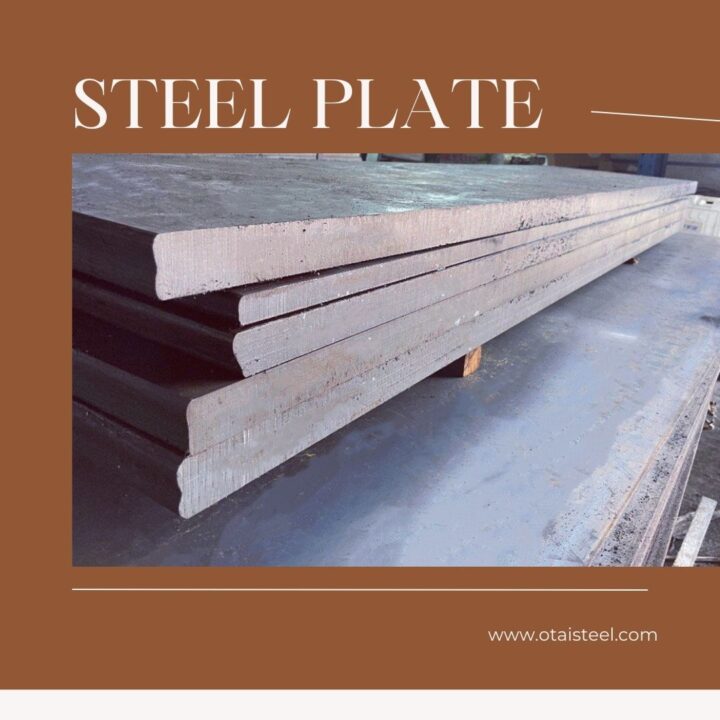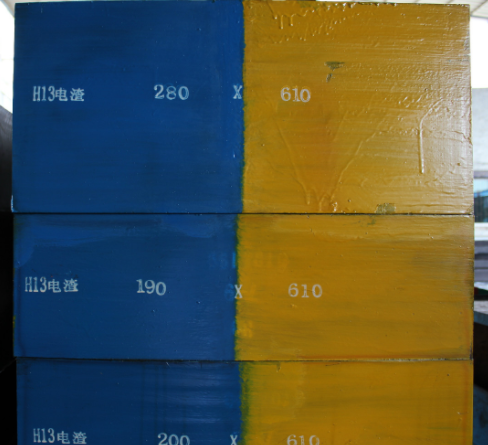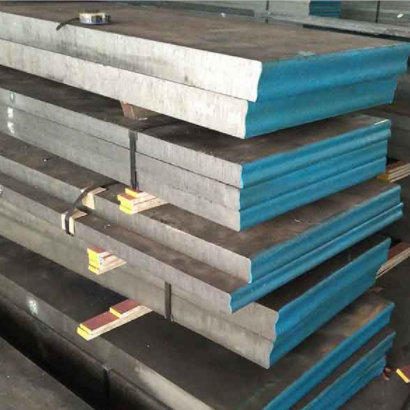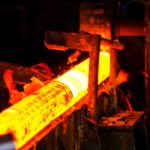What’s 42CrMo4 steel
42CrMo4 steel belongs to ultra-high strength steel, with high strength and toughness, good hardenability, high fatigue limit and multiple impact resistance after quenching and tempering treatment, and good low temperature impact toughness. The steel is suitable for manufacturing large and medium-sized plastic molds that require certain strength and toughness.
Equivalent steel standard
| ISO | GB | ASTM | W-Nr. | JIS |
| 42CrMo4 | 42CrMo | 4140 | 1.7225 | SCM440 |
Application
High hardenability, high strength, good toughness, small deformation during quenching, high creep strength and lasting strength at high temperature. Used to manufacture forgings that require higher strength, such as large gears for locomotive traction, turbocharger transmission gears, pressure vessel gears, rear axles, connecting rods and spring clamps that are heavily loaded, and can also be used for deep well drilling under 2000m Rod joints and fishing tools, and can be used for molds of bending machines, etc.
Chemical composition
C: 0.38~0.45%
Si: 0.17~0.37%
Mn: 0.50~0.80%
S: allowable residual content ≤0.035%
P: allowable residual content ≤0.035%
Cr: 0.90~1.20%
Ni: allowable residual content ≤0.030%
Cu: allowable residual content ≤0.030%
Mo: 0.15~0.25%
Mechanical properties
Tensile strength σb (MPa): ≥1080
Yield strength σs (MPa): ≥930
Elongation δ5 (%): ≥12
Reduction of area ψ (%): ≥45
Impact work Akv (J): ≥63
Impact toughness value αkv (J/cm2): ≥78
Hardness: ≤217HB
*42CrMo4 steel forging heat treatment process
1.42CrMo4 steel forgings require quenching and tempering treatment after forging. Due to the large difference in cross-section size, the tendency of water quenching to crack is greater, the quenching hardness of the large cross-section after oil quenching is lower, and the metallographic structure and mechanical properties are often unqualified, which directly affects the fatigue strength and service life of the crankshaft .
2. With high strength and high yield point, the comprehensive mechanical properties are better than 40Cr. The cold deformation plasticity and machinability are both moderate, and the overheating sensitivity is small, but there is a tendency to temper brittleness and white spot sensitivity. Generally used in quenched and tempered state.
3. The forging process adopts the water-soluble quenching medium quenching process. In order to ensure the normal use of quenching liquid, the temperature of the quenching liquid must be strictly controlled. The inverse melting point of the quenching medium is 70℃, and the best use temperature is (30~60)℃. The temperature of the quenching liquid must always be controlled within the range required by the process.
